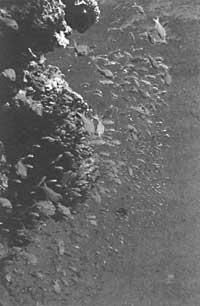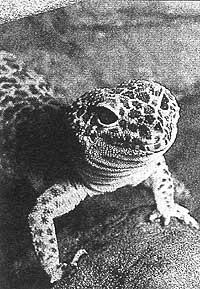Change of sex? Yes please
1990/07/01 Elhuyar Zientzia Iturria: Elhuyar aldizkaria
Some animals change sex during life. They are born with a sex and change sex in the final phase of life. Zoologists call this sequential hermaphroditic process. They have also constructed a theory to explain this fact, but so far they have not been able to prove it. Uppsala University zoologist Anders Berglund has discovered the way to show that the theory is correct.
According to the hypothesis, size affects differently the reproductive success of the sexes, so natural selection would opt for the ability to change sex. For example, in some species the female will lay more eggs if it is larger, but the greatness of the male does not give it any advantage. In this species, it would be beneficial for males to become females if the change of sex does not imply an energy expenditure and excessive time.
Many zoologists favor this hypothesis, but so far there has been no way to prove it. During the experiments, the results have been doubtful.
To demonstrate the hypothesis, zoologists have to do, on the one hand, that the reproductive success of the larger sex is greater as it increases its size and, on the other, that the increase in size for the larger sex is more decisive in reproductive success than for the smaller.
Berglund has analyzed the hypothesis by analyzing a Polychaite of worms called Ophorotrocha puerilis puerilis. Large females and small males. Males are small because they are young or because they have lost body parts in fights. Berglund has seen that the reproductive success of females increases greatly depending on size and this does not occur in males. In this species, the success of males decreases as their size increases. Females prefer small males. Therefore, large males change sex and become more frequent females than smaller males.

Gai honi buruzko eduki gehiago
Elhuyarrek garatutako teknologia





